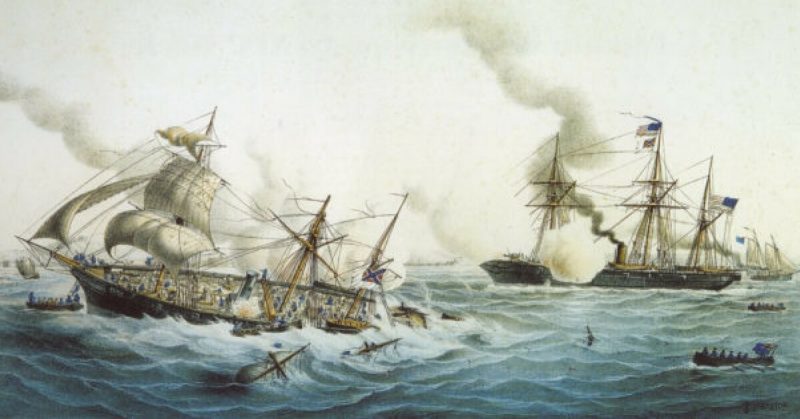In June 1864, the American Civil War had been raging for three years, and merchant ships were increasingly becoming targets. For the previous two years, one ship especially had struck fear into the hearts of Union sailors: the CSS Alabama.
The Alabama had been laid down in the yards of John Laird & Sons, at Birkenhead on the River Mersey. She was built in secret and launched in July 1862. Shortly after she sailed to the Azores, an island in the middle of the Atlantic. It was legal to build warships for other nations in England, but not to outfit them.
There she picked up her crew, commanded by Raphael Semmes, a former United States Navy officer, turned Confederate. They loaded weapons, provisions, coal and equipment on board. By the time she set off again, she carried six 32-pound cannons; one 68-pound cannon in the aft pivot mount, and a 100-pound cannon in the forward pivot. She was ready to serve as a merchant raider.
Over the next two years, the Alabama ran one of the most successful raiding campaigns on merchant ships in history. Crisscrossing around the Atlantic and Pacific, Semmes continually evaded Union warships, attacking only when the odds were completely in his favor. Using those tactics, he captured 65 Union vessels, taking over 2,000 prisoners. It is amazing considering he did not lose a single crewmember. They spent 534 out of 657 days of service at sea.
Union merchant captains were terrified of the lone merchant raider, and many refused to sail or sold their ships to foreign merchants, who did not have to worry about the Confederate ship.
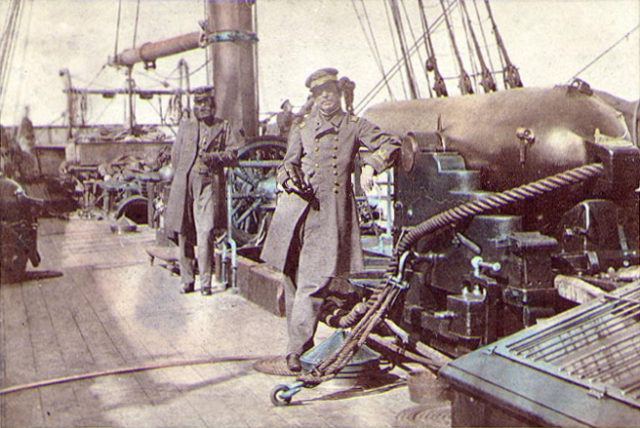
The reign of terror, of course, attracted the interest of the Union Navy, who began a manhunt to find Semmes and the Alabama. By 1864 the USS Kearsarge, a steam sloop of war similar in size and armament to the Alabama had been tracking the ship for two years. On June 11, of that year, the Alabama sailed into Cherbourg Harbor, France. She had just completed a long cruise in the Pacific and needed to refit and repair.
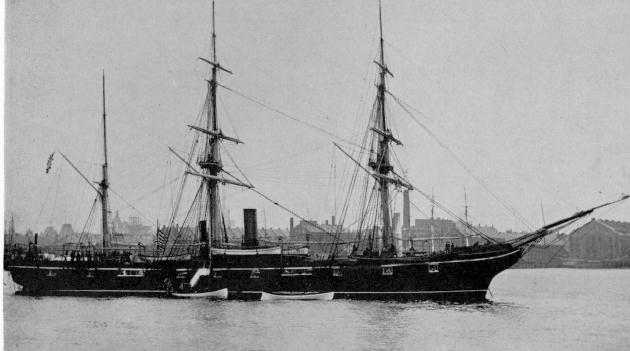
The Kearsarge finally caught up with the Alabama on June 14. As Cherbourg was a neutral port, the Union ship was forced to sit just outside the harbor and watch as the Confederate crew repaired their ship. She sent a dispatch to the USS St. Louise, requesting she assist in the blockade, but it was too late. On June 19, the Alabama left the harbor.
Semmes had little choice; his ship was trapped in a neutral port. He also knew he needed to act quickly before more Union ships arrived. As it stood, in a one against one battle, the ships were evenly matched. The ships sailed to just 5 miles off the northern coast of France. The French ironclad Couronne trailed them, ensuring they stayed out of French waters.
While the ships were well matched on paper, the Kearsarge had a few advantages. First, her crew and powder were fresher, Alabama’s having been onboard almost since her commissioning. Secondly, her hull was protected by layers of iron chain covered by new wooden planking. It made her midsection almost impervious to the 32-pound cannons fired from the Alabama, although not her 100 or 68-pounders.
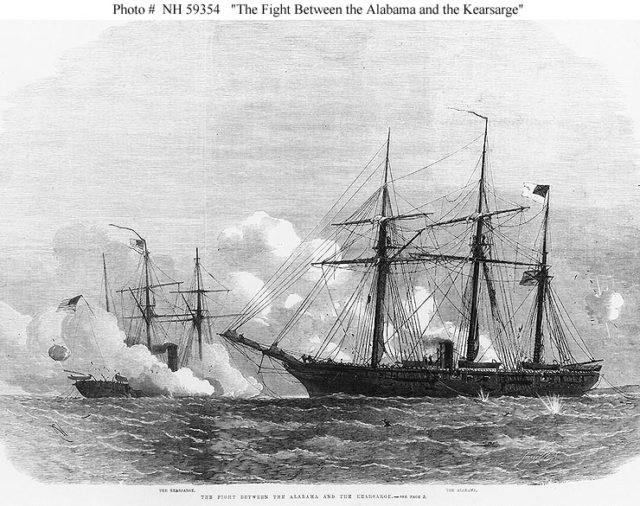
The Kearsarge lined up for a broadside, but Captain Winslow ordered his men to hold fire until the range closed. The Alabama fired first, and two iron shots flew towards the Union ship but they missed. The ships began circling one another, attempting to rake each other with cannon fire. Neither could get an advantage on the other.
The Alabama’s guns roared, sending shell after shell at her opponent. She was desperate and needed to get out of the area before more ships arrived, but it proved to be her downfall. As her crew spewed shells out at their opponent, they did not take the time to precisely aim their heavy pivot guns, which could have turned the tide of the battle.
The Kearsarge, on the other hand, took the barrage patiently, but most of the Alabama’s guns missed. Every one of the Union shots was well aimed and timed.
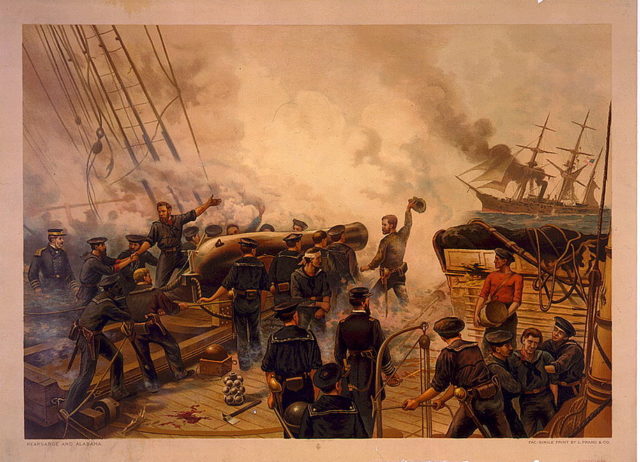
Two shots smashed into Kearsarge’s hull, one at the gangway, sending wooden splinters flying. Another into the reinforced armor amidships, destroying the outer planks and breaking a link of the chain. Both were 32-pounder shots and did not penetrate. In response, the Kearsarge aimed her Dahlgren guns precisely at the Alabama’s waterline. The 32-pound shots smashed through the Confederate ship’s wooden hull, tearing a hole and letting the sea flow in below decks.
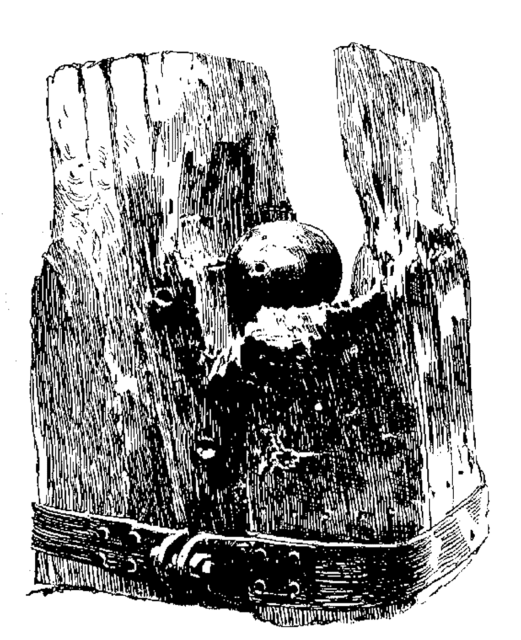
Fearing for his life, and those of his men, Semmes ordered the Confederate colors lowered. The Kearsarge continued firing at her opponent’s waterline unable to see her enemy’s surrender due to the smoke of the battle. Finally, the Alabama raised a white flag, and Semmes sent his last remaining boat to ask for parlance and aid from the Union ship. Captain Winslow agreed and sent boats to rescue the survivors.
A British yacht, the Deerhound, approached the sinking ship and offered rescue. Captain Semmes and about 40 Confederate sailors gladly accepted and escaped capture on the small steam boat.
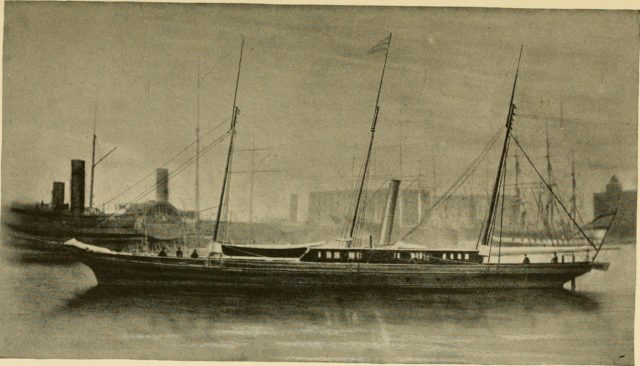
By the end of the battle, it became apparent how out-done the Alabama had been. She had fired 370 shots during the 1-hour duel, but only scored two hits neither of which caused any damage to her opponent. It was reported the Kearsarge fired much less than the Alabama, and a significant number of hers hit their mark. 40 of the Confederate crew had been killed in the combat; 70 taken captive, and around 40 escaped on the Deerhound. On the Kearsarge, three men were wounded, one of whom died after the battle.
The fight demonstrates how tenuous naval power can be. The Alabama’s greatest fault was her continued victories. Her crews rarely had to fire their guns, rather they boarded and captured, or burnt, merchant ships. Her reputation preceded her, and many ships were likely more scared of the thought of the ship than any threat posed by the merchant raider.
She survived 534 days at sea without a casualty, until she had to fight a well armed and well-trained opponent.
